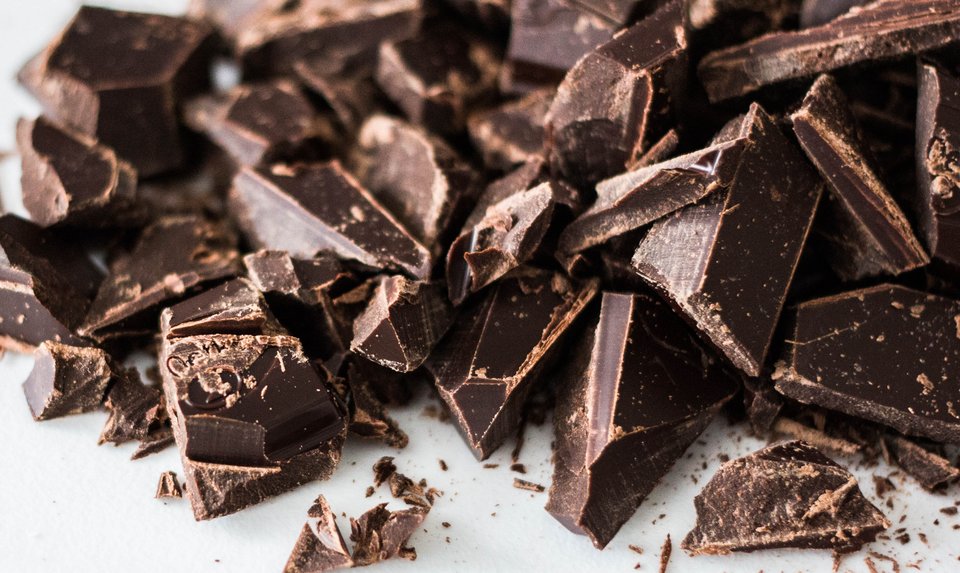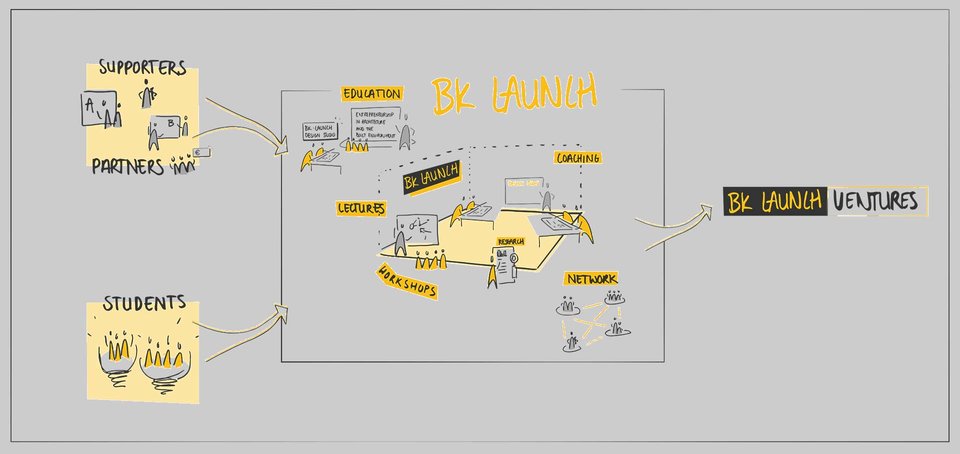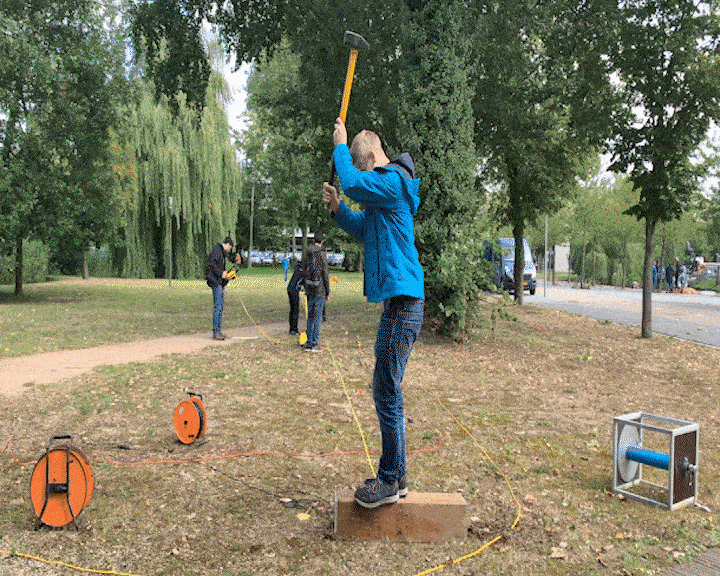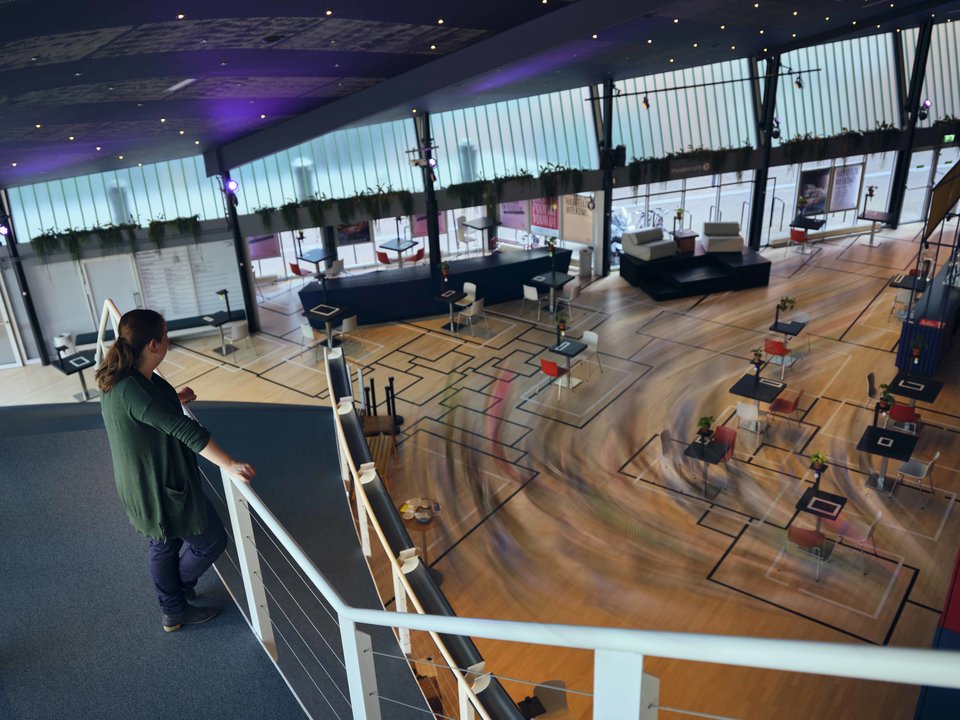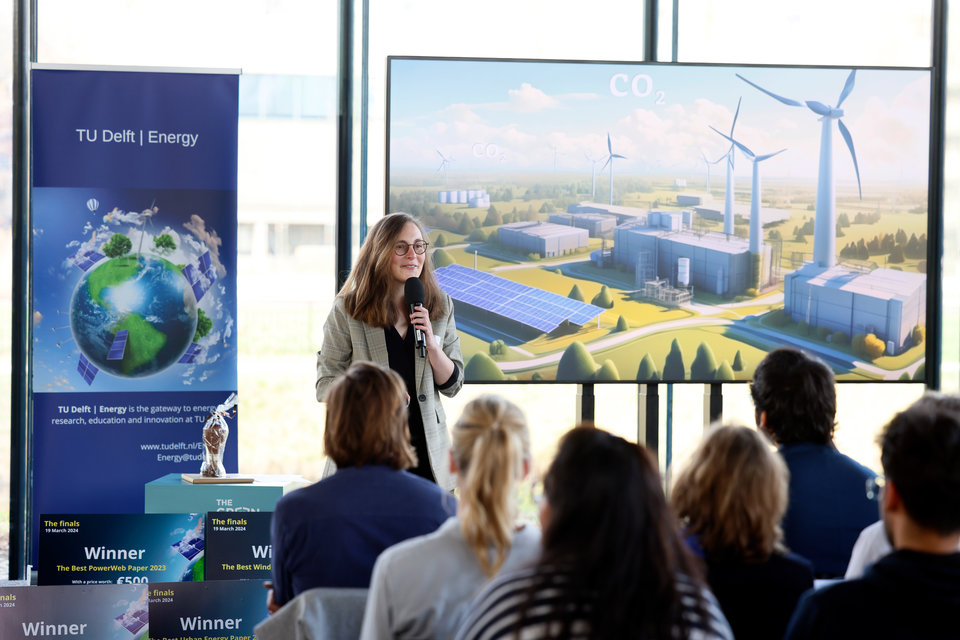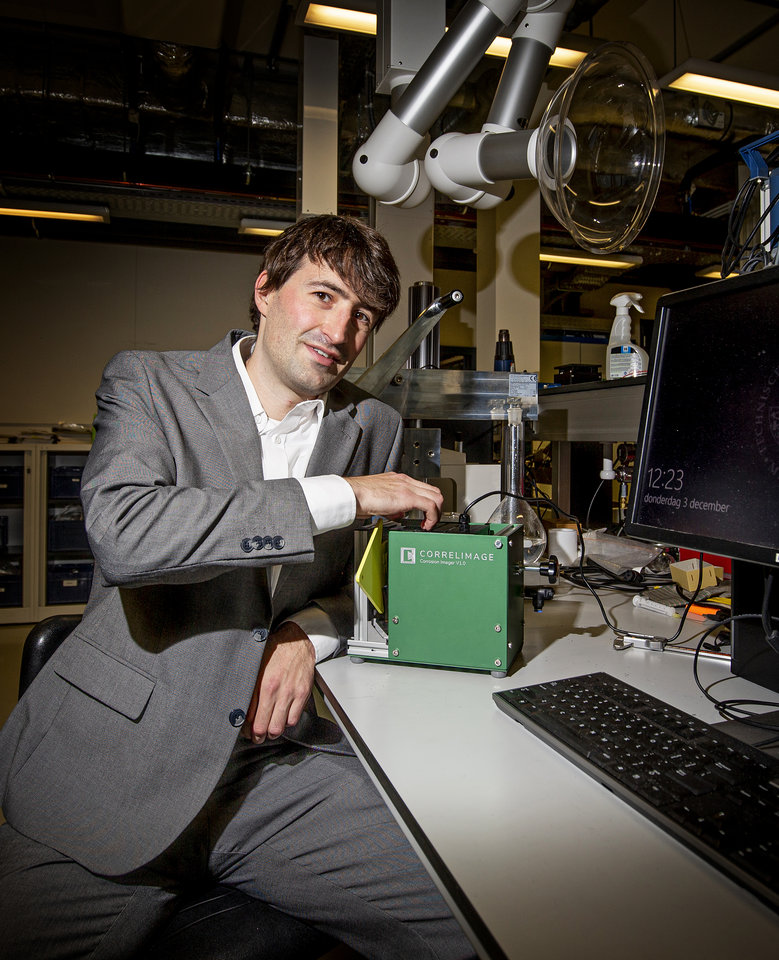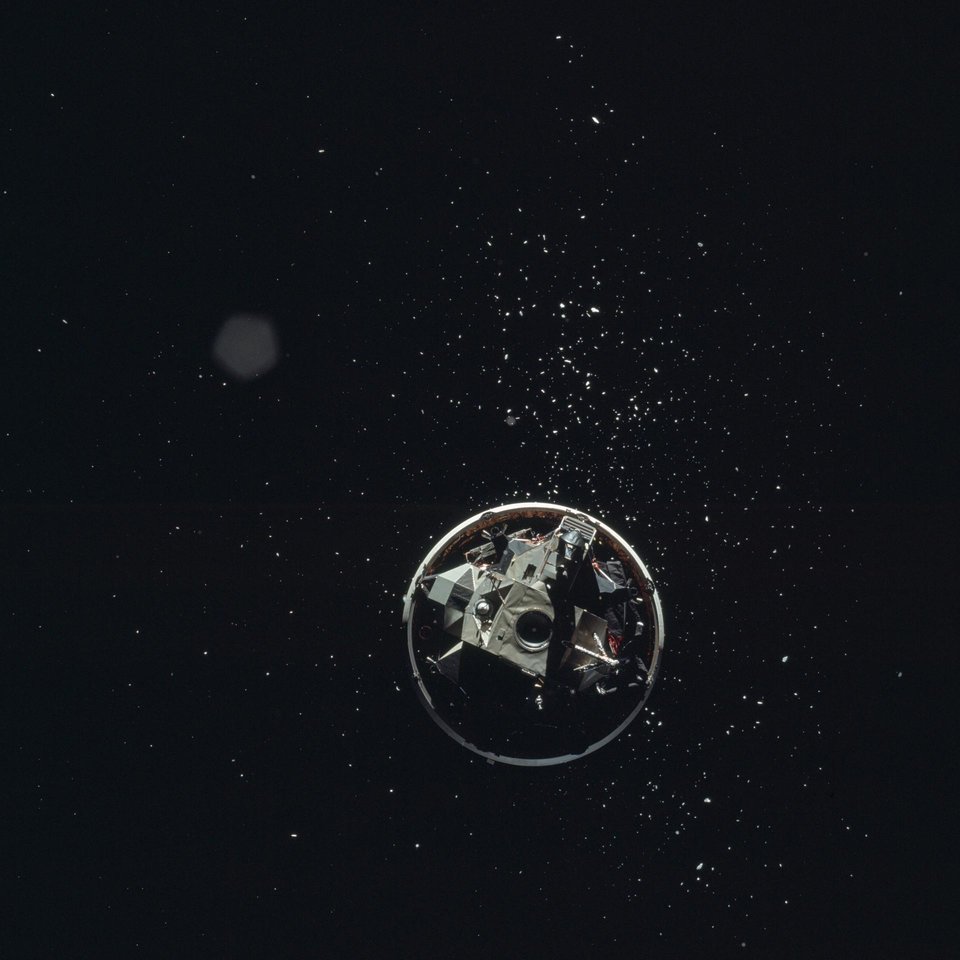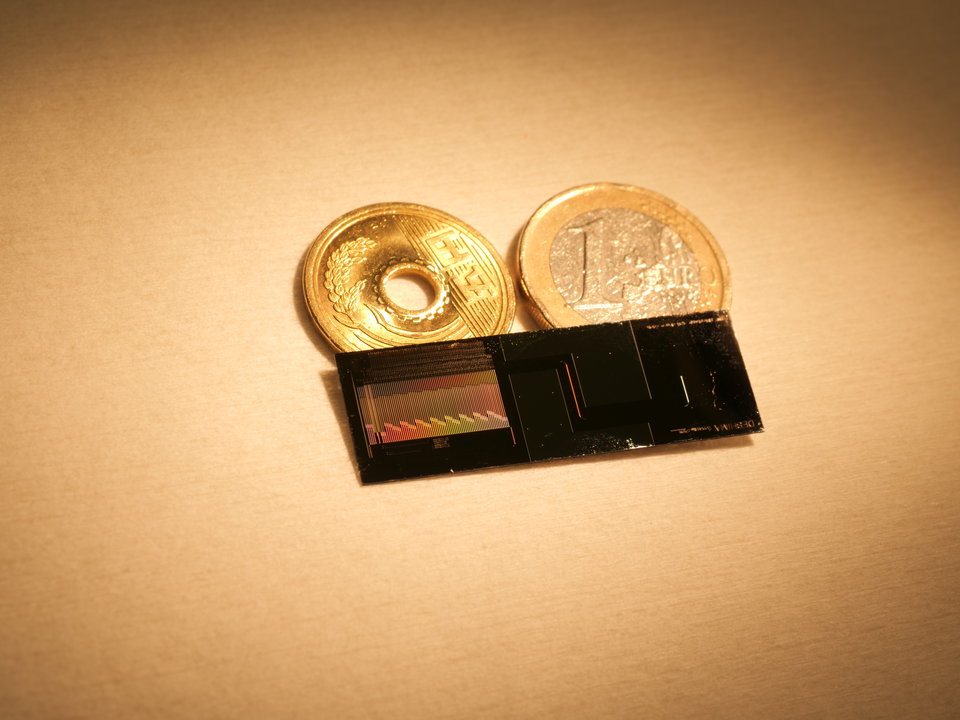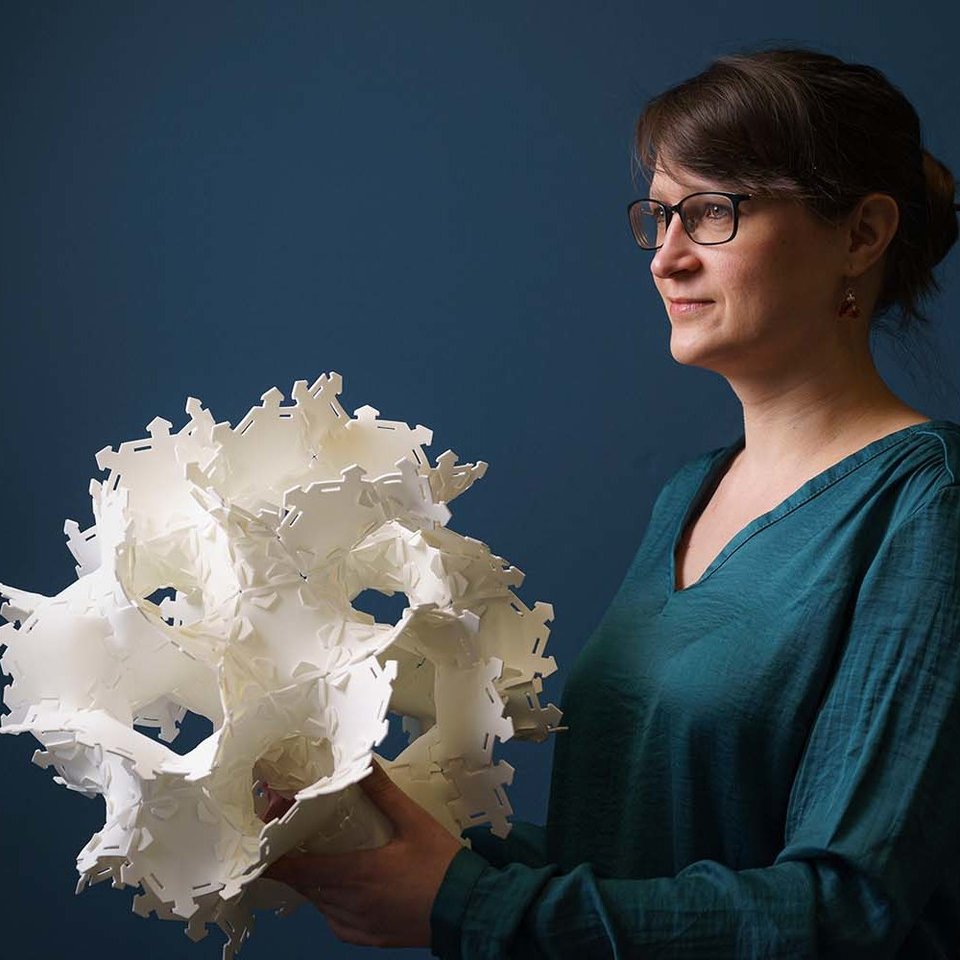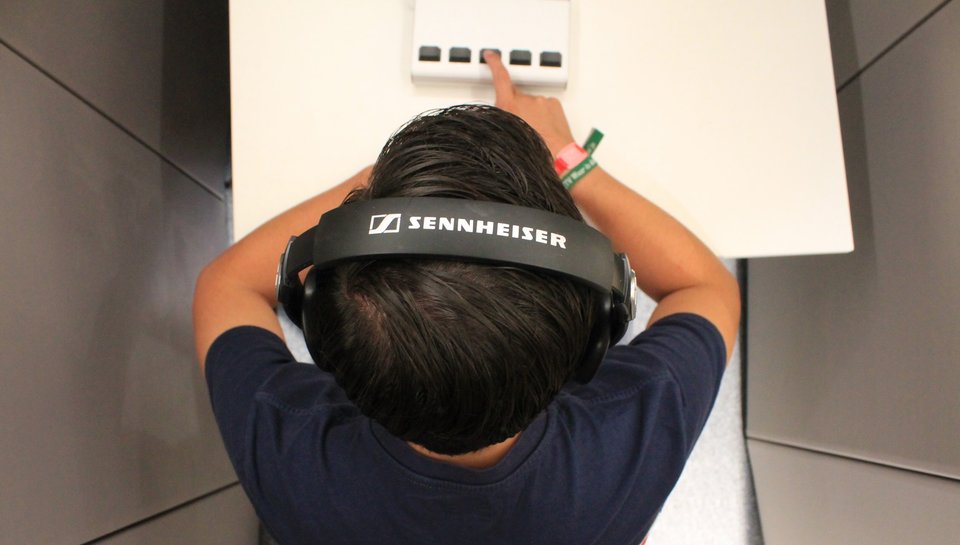A single wind turbine generates most electricity when directly facing the wind. But for a wind farm, this may put wind turbines in each other’s wake (“wind shadow”), thereby limiting overall performance. Maarten van den Broek develops an algorithm for optimising the yaw angle of all wind turbines in a wind farm in real-time, landing him the award for Best Energy Paper of TU Delft.
The prevailing wind direction in a region is an important parameter when choosing the layout of a wind farm. Once built, however, the typical strategy is to have each individual wind turbine always face the wind – a yaw angle of zero degrees, meaning that the rotor axis and wind direction are aligned – even if this negatively impacts the performance of downwind turbines. ‘For some wind farms, they have predetermined the optimal yaw angle all turbines for any wind direction, thereby redirecting their wake,’ says Maarten van den Broek, PhD student at the Delft Center for Systems and Control. ‘But the observed increase in power generated doesn’t match the expectations based on simulations.’ Real-time optimisation may be the answer.
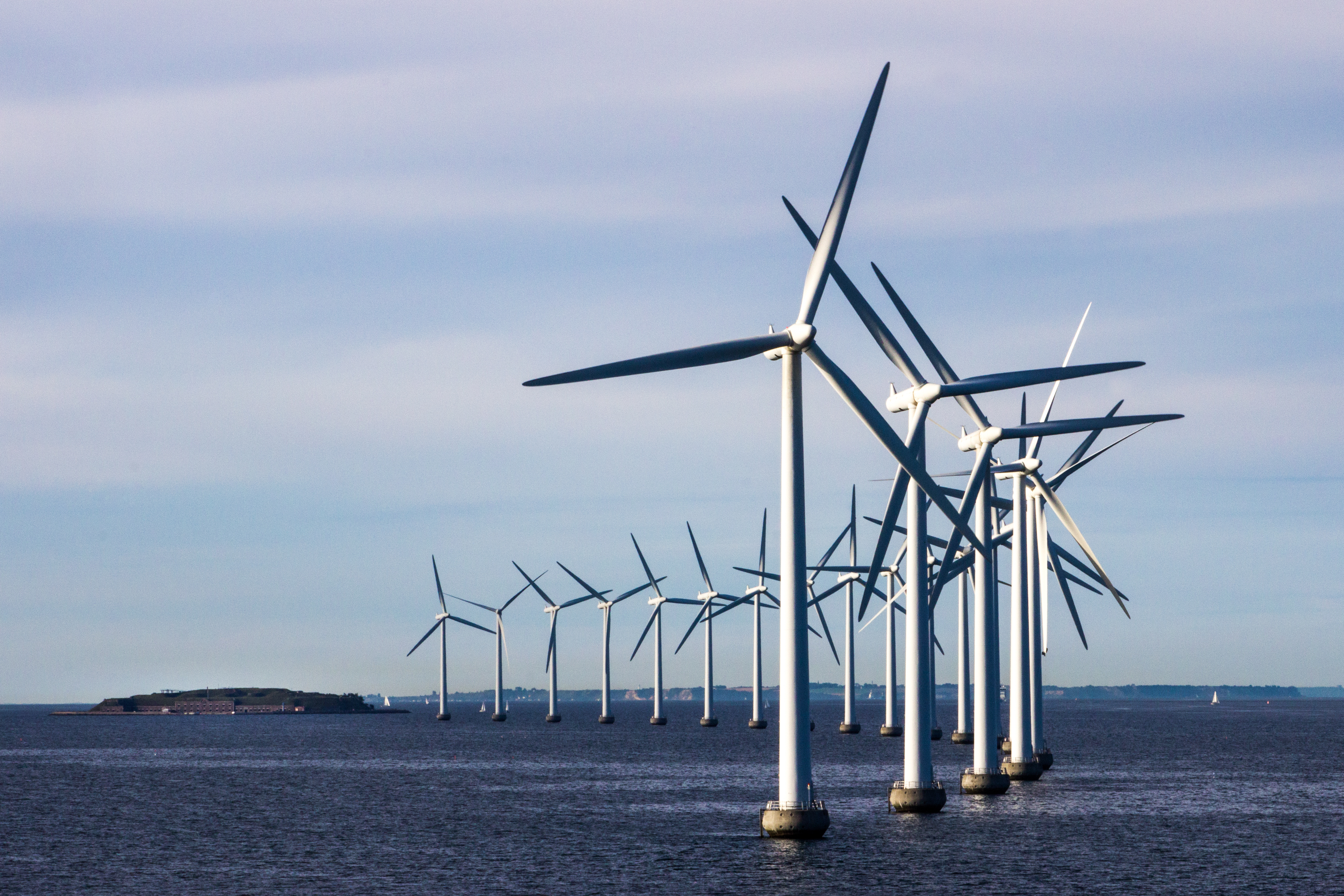
A thousand households
Maarten enjoys making complex systems controllable by means of modelling. That puts an entire wind farm full of intricate wind vortices, the elaborate calculations required to reproduce these, and an optimisation on top of that, right up his alley. ‘The challenge is to develop a physics-based algorithm that is accurate while also being fast enough to allow real-time optimisation of a complete wind farm,’ he says. Under ideal static circumstances, such optimisation may increase wind farm performance with several to tens of percentage points. Over a whole year, with fluctuating winds, it may come down to the equivalent of an additional wind turbine. Enough to power a thousand households or more.
Catching the wind in line elements
At the start of his PhD, he aimed to base his model on two-dimensional calculations as this would limit the required computing power. But this yielded insufficient accuracy as soon as a rotor no longer faced the wind. He therefore had to resort to three dimensional calculations, for which he uses a so-called Free-Vortex model that is ideally suited for vortex dynamics. ‘Rather than calculating wind direction and speed in a large grid, it only considers those points that experience a change in wind. This way, it is possible to describe a complex air flow with only a few line elements.’
Another advantage of his model is that it only takes a single calculation to determine the effect of changes in wind flow over a period of time (of ten minutes, for example). ‘A more classical approach would require a new simulation for each time step, again increasing the computing power needed.’
Wind tunnel
His model is physics-based, but not a perfect replicate of how nature operates. For one, he doesn’t model small vortices that will have a negligible impact on the power produced by a downwind turbine. He also doesn’t take into account the fact that wind direction and wind speed can vary over the height of the rotor, rather assuming them to be constant. ‘These approximations make it important that I validate the predictions of my simulations in wind tunnel experiments.’
The goal of the experiments at TU Delft, that he helped conduct, was to validate the similarity between his simulations and the actual wake of a single wind turbine for various yaw angles. But he also had access to data from Germany in which a second turbine was placed downwind and for which the wind direction did vary with height. Maarten: ‘The results are very promising for both cases. My predictions match well with the power generated by the downstream wind turbine.'
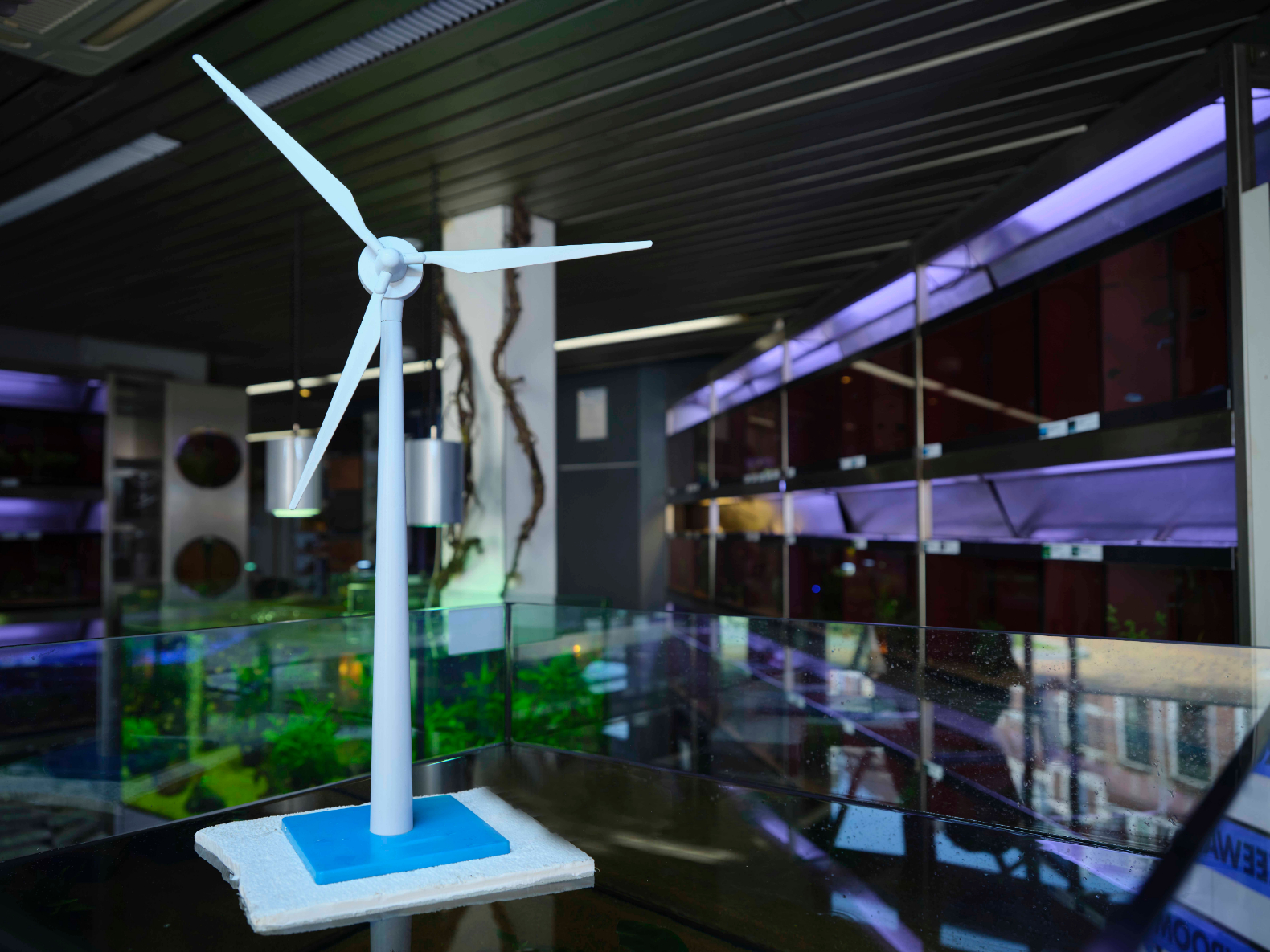
A hundred turbines
The publication that landed him the award for Best Energy Paper presents the results for a two-turbine case study. But the ultimate goal of his PhD is to have his model simulate an entire wind farm, consisting of a hundred wind turbines or more. ‘As this will require a lot of computing power, I try to split the farm into multiple zones. While the zones will still impact each other, they will each be taken care of by a separate processor, in parallel.’
No small gains
The core of his PhD is about optimising the yaw angle of the rotor as a whole. ‘This strategy, called yaw-misalignment, is already being applied in a limited number of wind farms worldwide,’ he says. ‘It means that large players in the wind energy market are likely to quickly adopt and implement an improved approach.’ But his methodology is also suitable for a strategy in which the angle of rotor blades of a wind turbine are collectively optimised. This can improve wake recovery, thereby increasing the power generated by downwind turbines. It can be a one-time correction for a new wind direction, but also a sinusoïdal variation in their angle for a fixed wind direction. ‘We don’t yet know how much this will increase overall performance. But when it comes to wind farms, there is no such thing as too small a gain.’

